Artistic expression is a cornerstone of human culture, offering a unique window into the depths of creativity and the essence of our shared humanity. From the earliest cave paintings to modern masterpieces, artistic expression serves as both a personal outlet and a collective mirror, reflecting the emotions, struggles, and triumphs of individuals and societies. In this exploration, we delve into the multifaceted nature of artistic expression, examining its role in mental health, its evolution over time, and its ability to convey complex ideas through diverse forms such as dance, photography, and even crossword puzzles. By uncovering the insights embedded in artistic expression, we gain a deeper appreciation for its transformative power and its enduring relevance across cultures and generations.
Key Takeaways
– Art Reflects Cultural Identity and Values: Uncover deep insights into a society’s beliefs, traditions, and moral principles through artistic expression.
– Art Preserves Cultural Heritage: Serves as a historical record, archiving stories, customs, and milestones for future generations.
– Storytelling Through Art: Conveys cultural narratives, reflecting struggles, triumphs, and aspirations, while inspiring global connections.
– Art Reveals Social Dynamics: Highlights roles of gender, class, and age, and showcases differing status and influence among creators.
– Craftsmanship Shapes Culture: Demonstrates the value placed on skill and precision, with techniques reflecting learning and tradition.
– Art Drives Innovation and Change: Often precedes cultural shifts, challenging norms and foreshadowing societal transformations.

The Importance of Artistic Expression
Artistic expression is a fundamental aspect of human culture, serving multiple purposes that extend beyond mere entertainment. Here are the key reasons why artistic expression holds significant value:
- Cultural Preservation : Art forms, whether visual, musical, or performative, act as mirrors of their cultures. They preserve histories, traditions, and values, offering insights into the beliefs and practices of various societies.
- Emotional Impact : Art has the unique ability to evoke emotions, connect people, and communicate ideas that words alone often fail to capture. It serves as a universal language that transcends boundaries.
- Personal Growth : Engaging in artistic expression can foster creativity, self-awareness, and emotional release. It provides individuals with a medium to explore their identities and express their unique perspectives.
- Inspiration and Innovation : Artists often push boundaries and challenge conventions, leading to groundbreaking innovations in their fields. Their work inspires others to think differently and drive progress in various domains.
- Societal Change : Art has been a powerful tool for social movements and change-making. It can raise awareness, spark conversations, and mobilize collective action toward addressing important issues.
By embracing artistic expression, we unlock deeper dimensions of human experience and contribute to a richer, more vibrant world. Whether through painting, music, dance, or literature, art continues to play a vital role in shaping our individual and collective journeys.
Best Description of Artistic Expression
Artistic expression is the act of creating or presenting works that communicate ideas, emotions, or experiences through various mediums. It encompasses a diverse range of forms, including visual arts, performing arts, literary arts, and digital media, each serving as a unique method of self-expression. While the term traditionally refers to deliberate creative endeavors, it can extend to everyday activities that involve creativity and personal touch, though it is often associated with more intentional artistic forms.
Artistic expression aims to evoke emotions, provoke thought, or inspire action, with effects varying depending on the artist’s intent. It can be therapeutic, serving as a tool for personal growth, or political, used as a catalyst for social change. Despite its subjective nature, artistic expression remains a universal language that transcends cultural and temporal boundaries, playing a pivotal role in human culture and history.
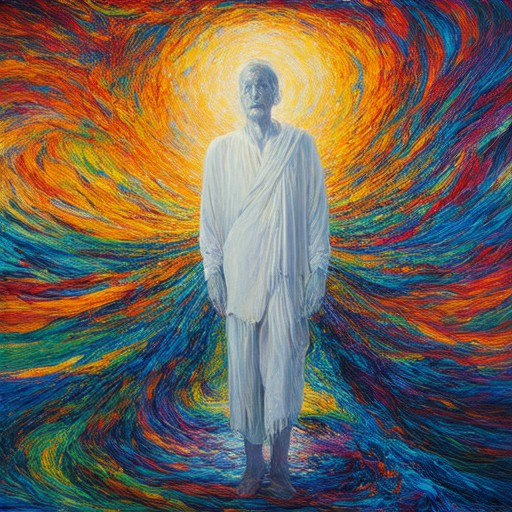
Artistic Expression Elements
Artistic expression encompasses a variety of visual and conceptual components that convey meaning and evoke emotions. Below are the key elements that define artistic expression:
1. Line
Line is the simplest yet most powerful element in art. It creates boundaries, defines forms, and can convey movement, rhythm, and energy. A single line can be abstract or representational, serving as a foundation for more complex compositions.
2. Shape
Shape provides form and volume to artwork. Shapes can be geometric (e.g., circles, squares) or organic (e.g., curves, irregular forms). They can symbolize concepts like balance, harmony, or transformation.
3. Texture
Texture adds depth and surface quality to art. It can be smooth, rough, soft, or coarse, and can be achieved through materials, brushwork, or digital manipulation. Texture enhances the tactile quality of a piece.
4. Form
Form refers to the three-dimensional aspect of art, giving objects or figures a physical presence. Form can be realistic or abstract, and it often communicates ideas about size, weight, and space.
5. Space
Space creates dimensionality and depth in art. It can be positive (empty area) or negative (overlap, intersection), and it plays a crucial role in arranging elements to create balance and interest.
6. Color
Color is a fundamental element that influences mood, emotion, and perception. It can be used to unify a composition, create contrasts, or evoke specific feelings. Artists use color theory to strategically choose hues and shades.
7. Value
Value refers to the lightness or darkness of colors, creating gradients and shadows that add depth and realism to artwork. High contrast in values can draw attention to specific areas of a piece.
8. Contrast
Contrast between elements (e.g., light and dark, sharp and soft) creates visual interest and highlights certain parts of the artwork. It can be used to emphasize shape, texture, or movement.
9. Balance
Balance ensures that the artwork feels stable and harmonious. It can be symmetrical, asymmetrical, or gestural, depending on the artist’s intent and style.
10. Emotion and Narrative
Artistic expression often conveys emotions or tells stories. Artists use symbols, metaphors, and personal experiences to communicate ideas that resonate with viewers.
For further reading on exploring creativity and artistic expression, visit Patrick Mettraux , a platform dedicated to inspiring creative minds through storytelling and artistic reflections.
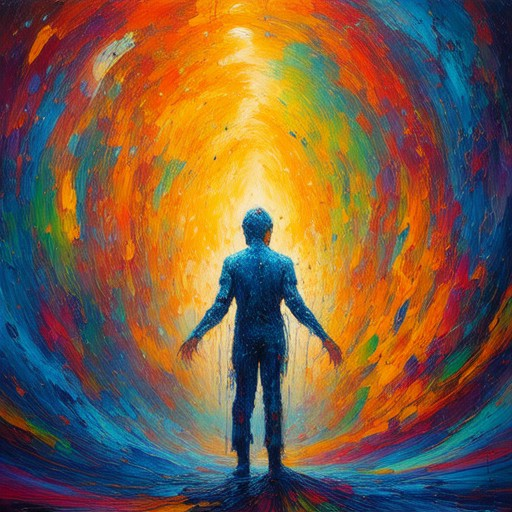
What Can We Learn About a Culture Through Its Artistic Expression?
Artistic expression serves as a profound medium for uncovering and understanding the essence of a culture. Through its unique forms, artistic expression reveals deeper insights into a society’s values, beliefs, and traditions.
Values and Beliefs
- The artwork often reflects the moral principles and ethical standards upheld by the culture.
- Artistic styles may mirror the importance placed on harmony, balance, or individualism within the society.
- Cultural symbols and motifs frequently carry meanings that resonate with the collective consciousness of the group.
Historical Preservation
- Art can act as a historical record, preserving stories, customs, and milestones that might otherwise be forgotten.
- Traditional art forms often serve as living archives, offering a glimpse into the cultural heritage of a community.
- Artists may reinterpret historical themes to connect with contemporary audiences while maintaining cultural integrity.
Storytelling Through Art
- Artistic mediums like painting, sculpture, and dance are powerful tools for conveying cultural narratives.
- These narratives can reflect the struggles, triumphs, and aspirations of a people over time.
- Modern artists often draw inspiration from traditional stories to create works that resonate with global audiences.
Social Dynamics
- Artistic expression can highlight the roles of gender, class, and age within a culture.
- Differences in style and technique may indicate varying status or influence among creators.
- Public art and performances can reveal the prevailing social norms and community values.
Craftsmanship and Skill
- The level of craftsmanship in a culture’s art can indicate the value placed on skill and precision.
- Techniques passed down through generations often reflect the cultural significance of learning and tradition.
- Attention to detail in art can mirror the societal emphasis on precision and quality.
Innovation and Change
- Artistic movements often precede or accompany cultural shifts, serving as indicators of change.
- Emerging artists may challenge traditional norms, leading to the evolution of cultural expression.
- Experimental art forms can foreshadow broader societal transformations.
By examining the artistic expression of a culture, we gain a multifaceted understanding of its identity, history, and spirit. This exploration not only enriches our knowledge but also fosters cross-cultural appreciation and empathy.
Patrick Mettraux explores the intersection of creativity and culture, offering insights into how artistic expression shapes our world. For more on cultural insights through art, visit Example Art Blog .
How Do Artistic Expressions Influence Society?
Artistic expressions play a pivotal role in shaping societal dynamics, fostering cultural identity, and driving individual and collective transformation. Here’s a breakdown of their profound influence:
Preservation of Cultural Heritage
Art serves as a vessel for cultural preservation, capturing the essence of traditions, histories, and values. Through paintings, music, dance, and literature, societies retain their unique stories and customs, ensuring their legacy for future generations.
Emotional Expression and Connection
Art allows individuals to express emotions and experiences that might otherwise remain unspoken. It creates bridges between people, enabling shared understanding and empathy. Whether through a moving sculpture or a powerful symphony, art transcends language and connects hearts.
Driving Social Change
Artistic movements have historically been catalysts for social transformation. From the Renaissance’s emphasis on humanism to modern-day activism through street art, art challenges norms and inspires systemic change, encouraging societies to confront inequalities and seek justice.
Economic Impact and Job Creation
The arts contribute significantly to economies, generating jobs across various sectors. Musicians, visual artists, performers, and designers not only enrich cultural life but also stimulate local economies, attracting tourism and fostering entrepreneurship.
Inspiration for Future Generations
Artistic works inspire creativity and innovation, particularly in younger generations. By exposing youth to diverse perspectives and innovative thinking, art equips them with tools to tackle complex problems and drive progress in their own right.
Visit Patrick Mettraux to explore thought-provoking articles on creativity and artistic expression.
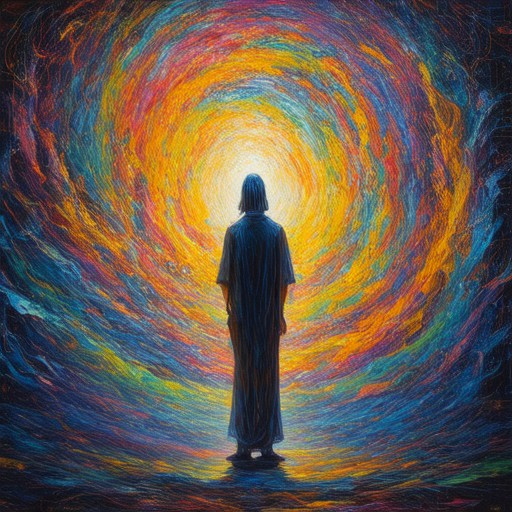
Why Artistic Expression Was Vital to Early Societies
Artistic expression played a pivotal role in early societies, serving as a cornerstone for communication, emotional connection, and cultural preservation. Here are the key reasons why:
- Storytelling and Oral Tradition: In the absence of written languages, art, particularly visual forms like cave paintings and petroglyphs, became a medium for transmitting stories, myths, and historical events. This helped preserve knowledge and maintain cultural identity across generations.
- Social Bonding and Emotional Connection: Art, whether through music, dance, or ritual performances, facilitated the creation of social bonds. It allowed early societies to share emotions, celebrate achievements, and commemorate important events, strengthening communal ties.
- Ritual and Symbolism: Art often intersected with religious and spiritual practices. Symbols and imagery in rock art, pottery, and jewelry conveyed deeper meanings, reinforcing cultural values and facilitating connections to the divine or spiritual forces.
- Functional and Status Symbolism: Many forms of art had practical applications, such as decorating tools, weapons, and ceremonial objects. This not only improved functionality but also served as a marker of status and craftsmanship, reflecting the individual or group’s skill and prominence.
- Innovation and Progress: Artistic expression encouraged innovative thinking by challenging traditional views and offering fresh perspectives. This cognitive stimulation likely contributed to technological advancements and societal progress.
Early societies utilized art as a multifaceted tool, encompassing storytelling, emotional connection, cultural preservation, and functional utility. This integration of art into daily life highlights its importance as a driver of human development and a reflection of societal values.

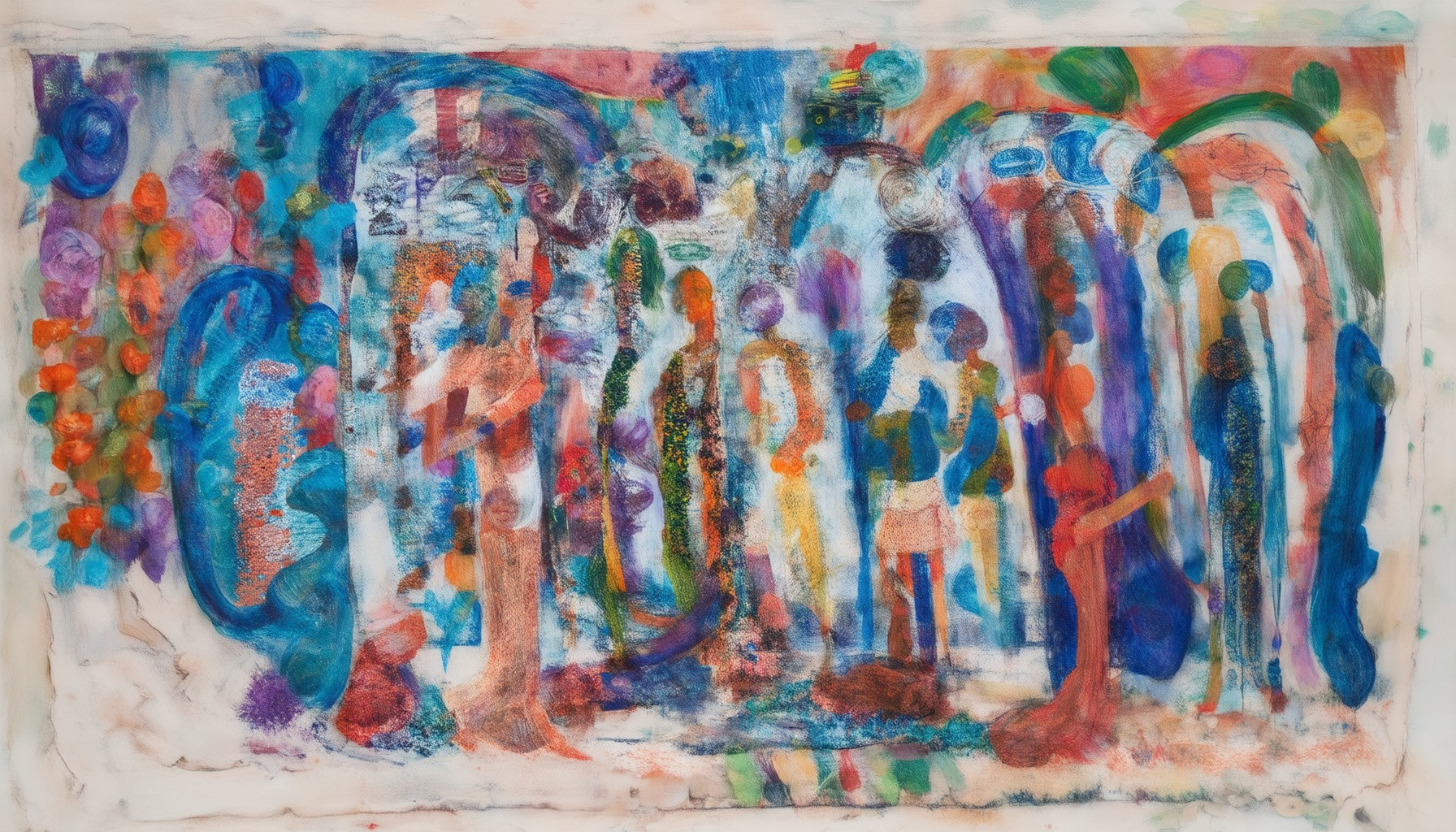


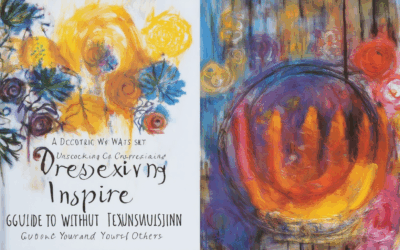
0 Comments